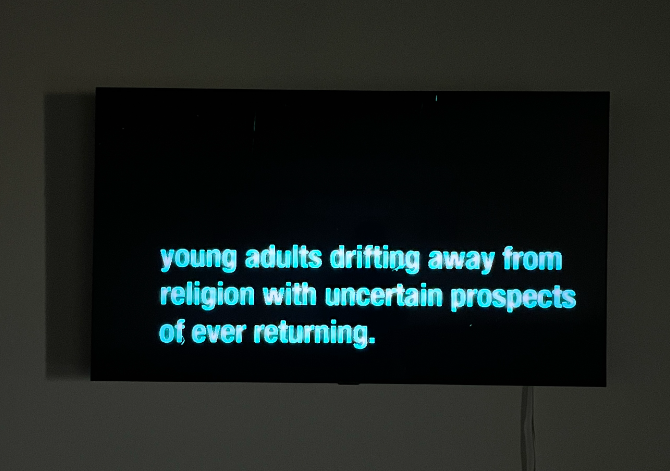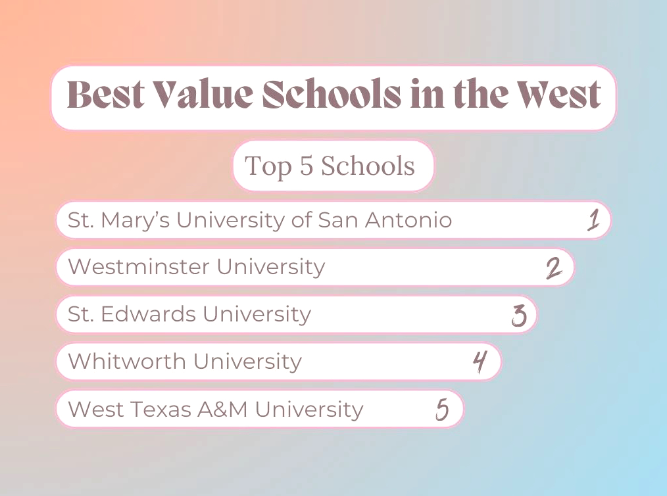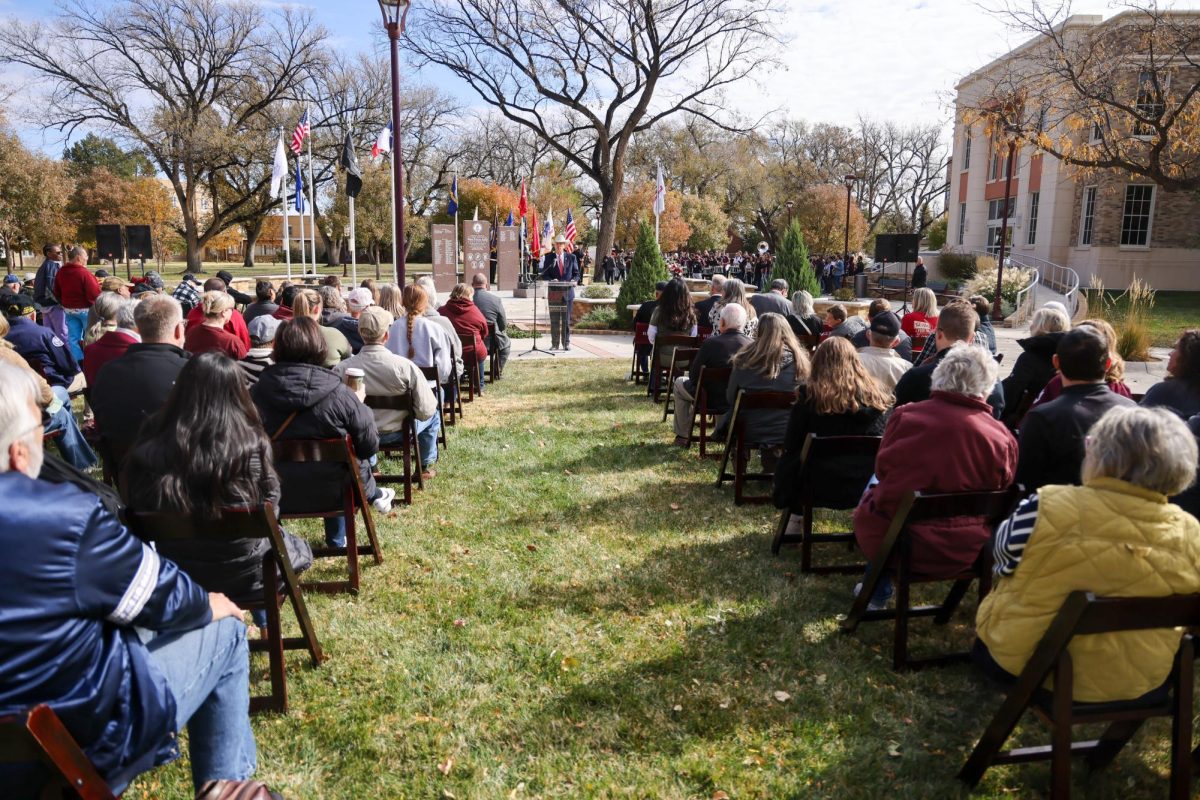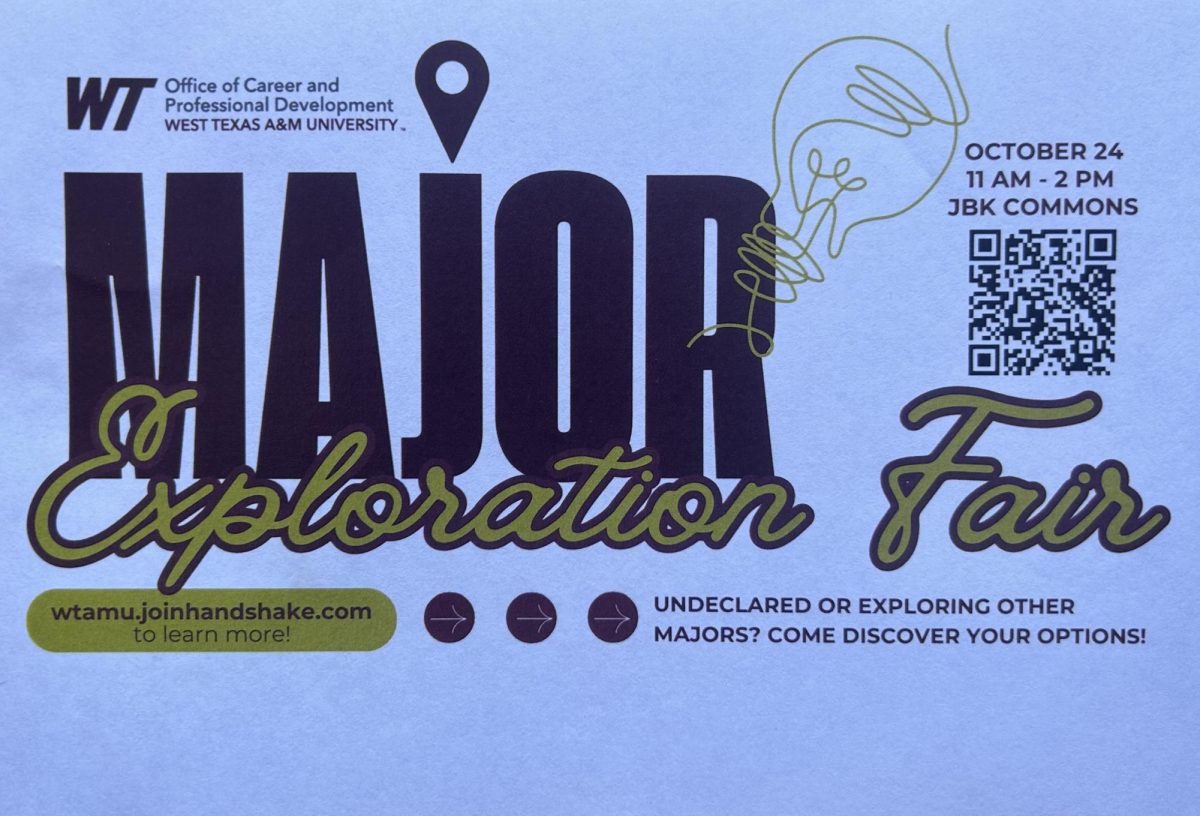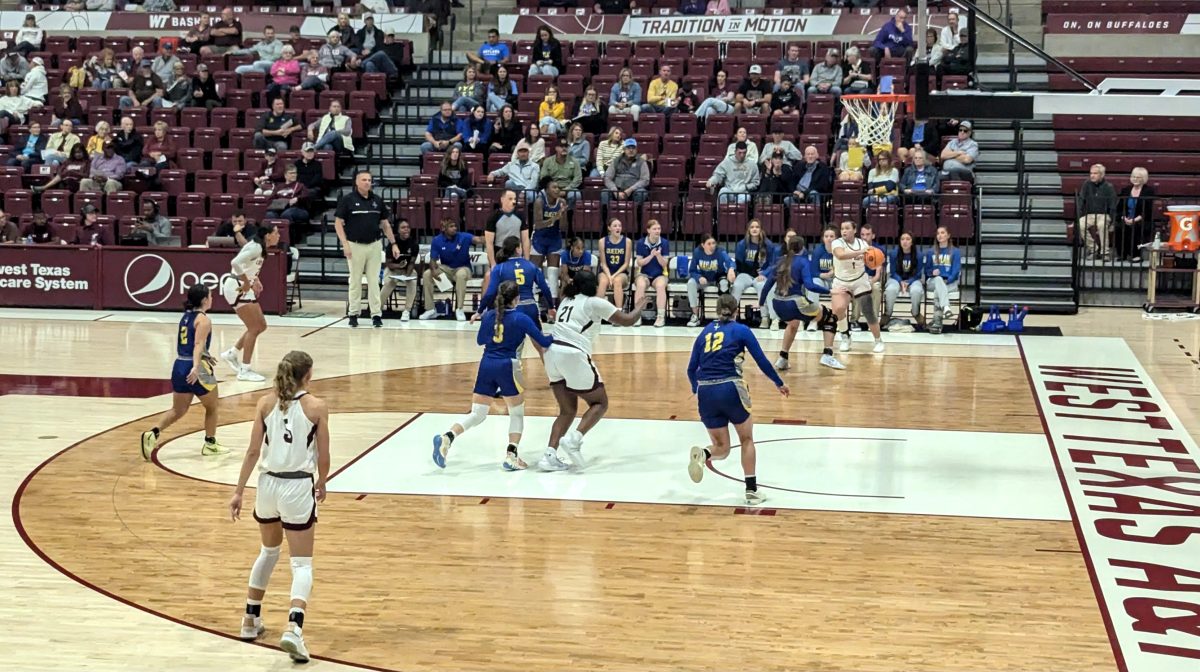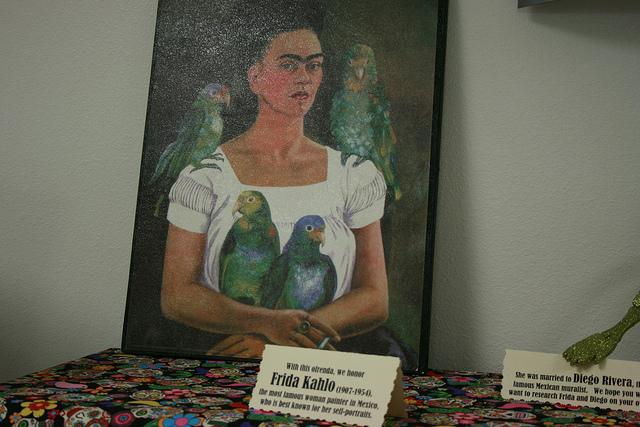
The Spanish program at WTAMU will exhibit an altar to honor Frida Kahlo, one of the most influential Mexican painters of the 20th century whose art is characterized by the depiction of the struggles of her life. The altar will be displayed the week of Nov. 1, as a celebration of El Dia de los Muertos.
“The altar for the dead is something religious and mystic,” Dr. Garza, assistant professor of the English, Philosophy, and Modern Languages Department, said. “It connects this life with life after death.”
The tradition goes back to the Aztecs belief that when someone died they went to another place. This other place depended on who they were while they lived. For example, if a person was a warrior he or she will go with the God of the war.
“Before arriving to that place, the soul had to pass through various stages,” Garza said. “[The Aztecs] thought that in order to be able to confront these stages, the dead will need some of the things they had during their life. That is why people did ofrendas or offerings.”
Garza said that this is a tradition of the Catholic calendar and that it has a relation with Halloween.
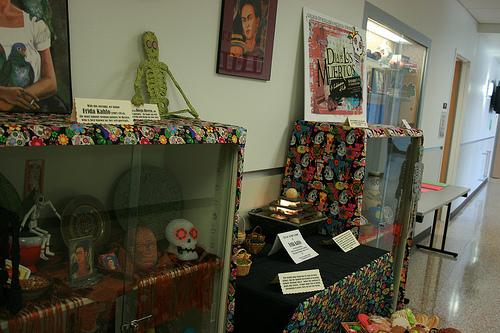
“When missioners came to America, they saw the indigenous celebration of ´El Dia de los Muertos´,” he said. “They made it so that this festivity will match the celebration of All Hallows Eve, today known as Halloween.”
Spanish Instructors, Sara Davidson and Susan Amos, chose to honor Frida Kahlo in their altar.
“Her story is painful, it is something that stands out because of experiences that she had,” Davidson said.
The altar seeks to reflect the Latin American tradition.
“It is important that [people] know about this tradition and origin because it is one of the most important in Latin American countries,” Garza said. “[WT] is trying to be a Hispanic service institution so everyone needs to have knowledge of the tradition.”
He also said that many Latin Americans adopt U.S. traditions when they come, but it is important for them not to lose their native traditions.
“The U.S has very nice traditions, but it’s good that the other traditions also remain present,” Garza said. “The University needs to be conscious of this so that traditions do not get lost.”
The altar will be in display Nov. 1 until the end of the week.





